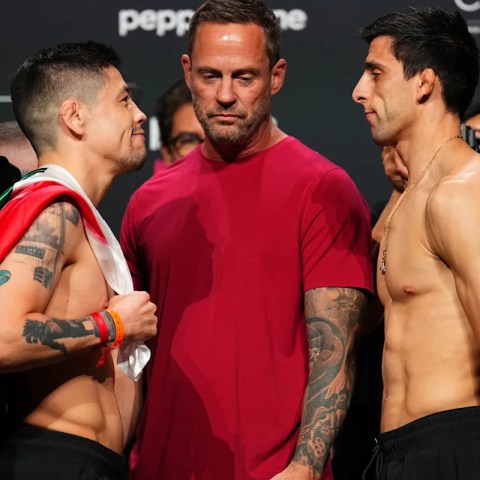The U.S. Army recently celebrated its 250th anniversary with a grand parade in Washington, D.C. The event, however, took place amid political tensions and protests against President Trump.
The Parade
Despite looming thunderstorms, the parade proceeded as planned. It showcased tanks, helicopters, and over 6,000 soldiers, highlighting America’s military history. The display included historical uniforms and even a Blue Heeler dog named Doc Holliday. Many spectators, like Army veteran Mike Davis, appreciated the celebration, noting that it had been years since the last military parade. “We needed this,” he said.
However, the event was not without its critics. The estimated cost ranged from $25 million to $45 million, which raised eyebrows among those concerned about public spending, especially given ongoing cuts to veterans’ benefits.
Trump’s Dreams Come True
This parade was something Trump had dreamed about since his first term. He was inspired by France’s Bastille Day parade in 2017. After the procession, he hailed the Army as "the greatest fighting force" and emphasized America’s need to celebrate its victories.
Despite the patriotic undertones, many critics called the parade an unnecessary display of power, akin to those seen in authoritarian regimes. Democratic lawmaker Adam Schiff criticized it as self-indulgent, while California Governor Gavin Newsom likened it to spectacles seen in countries led by dictators.
Nationwide Protests
As the parade unfolded, a nationwide protest called "No Kings" took place. Organizers claimed over 5 million people participated in about 2,000 events. These protests were generally peaceful, with a large rally in Philadelphia emphasizing the city’s historical connection to America’s founding ideals.
Participants voiced concerns over the political climate, with one protester stating that unchecked authority feels like a move toward fascism. Another shared a sense of fear about the current political landscape.
The protests were bolstered by a coalition of over 200 organizations, including MoveOn and the ACLU. Interestingly, no protests were planned in D.C. itself, allowing the parade to dominate media coverage.
Reflections on Past and Present
Historically, military parades in the U.S. have been rare and often controversial. The last major event like this was during the Gulf War. Today, with increasing divisions in society, critical voices are louder than ever. These demonstrations show a growing sentiment that citizens must hold their leaders accountable, especially when national pride is co-opted for political gain.
In the end, this anniversary highlighted both the pride many Americans feel in their military and the unease about the direction of the nation. It’s clear that celebrations can be complicated, reflecting a tapestry of perspectives on what patriotism means today.













:max_bytes(150000):strip_icc():focal(655x348:657x350)/Hilarie-Burton-Jeffrey-Dean-Morgan-Destination-X-52725-d1d950ef7a9e477e80fae16132c65d6b.jpg?w=480&resize=480,480&ssl=1)






